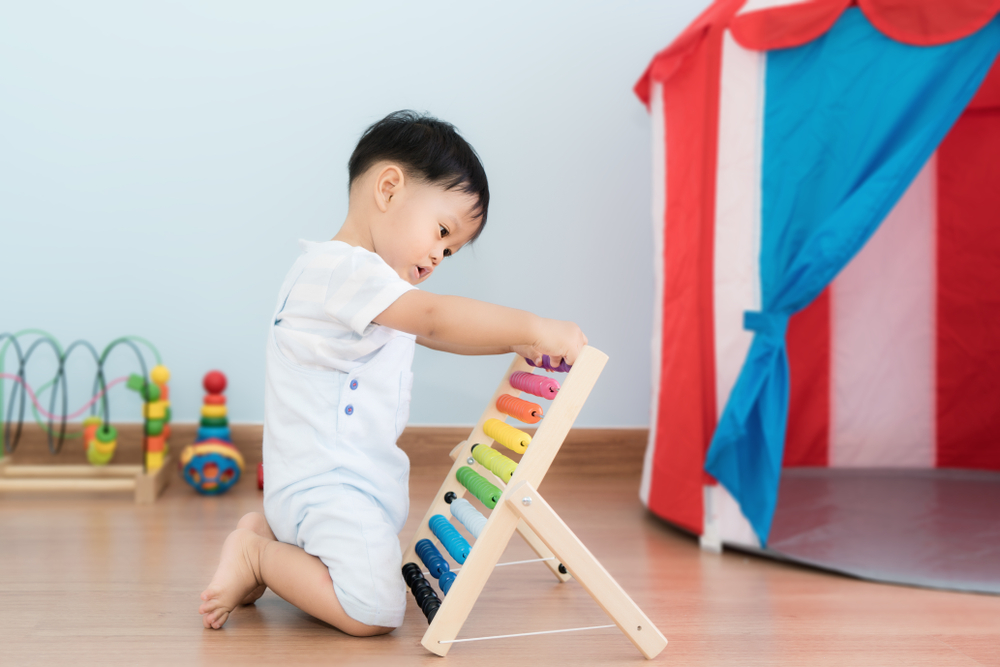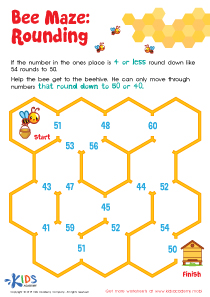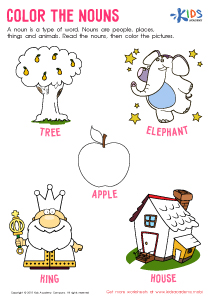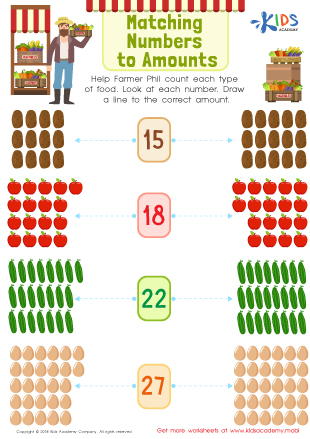Hand-eye Coordination Numbers 0–10 Worksheets for Ages 3-8
13 filtered results
-
From - To
Enhance your child's hand-eye coordination and number recognition skills with our engaging "Hand-eye Coordination Numbers 0–10 Worksheets" designed for ages 3-8. These interactive worksheets feature fun activities that blend motor skill development with essential math concepts, making learning enjoyable and effective. Children will practice counting, tracing, and matching numbers while improving their coordination in a playful environment. Ideal for preschool and early-grade learners, our resources foster cognitive growth and fine motor skills that are vital for future learning. Download our worksheets today to support your child's early education journey with creativity and purpose!
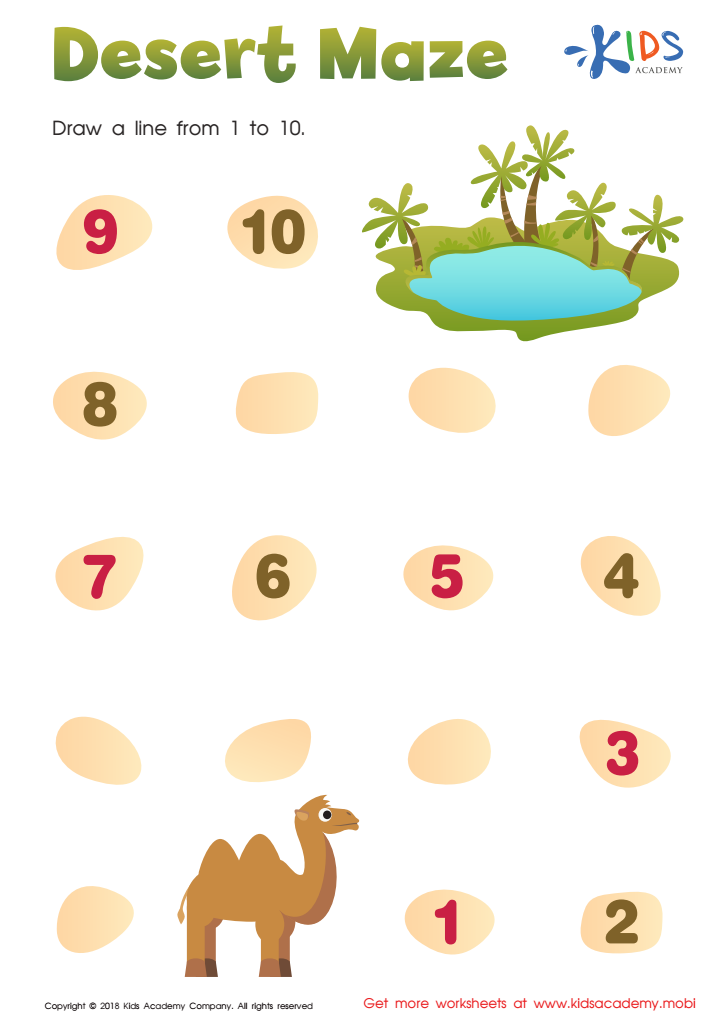

Desert Maze Worksheet
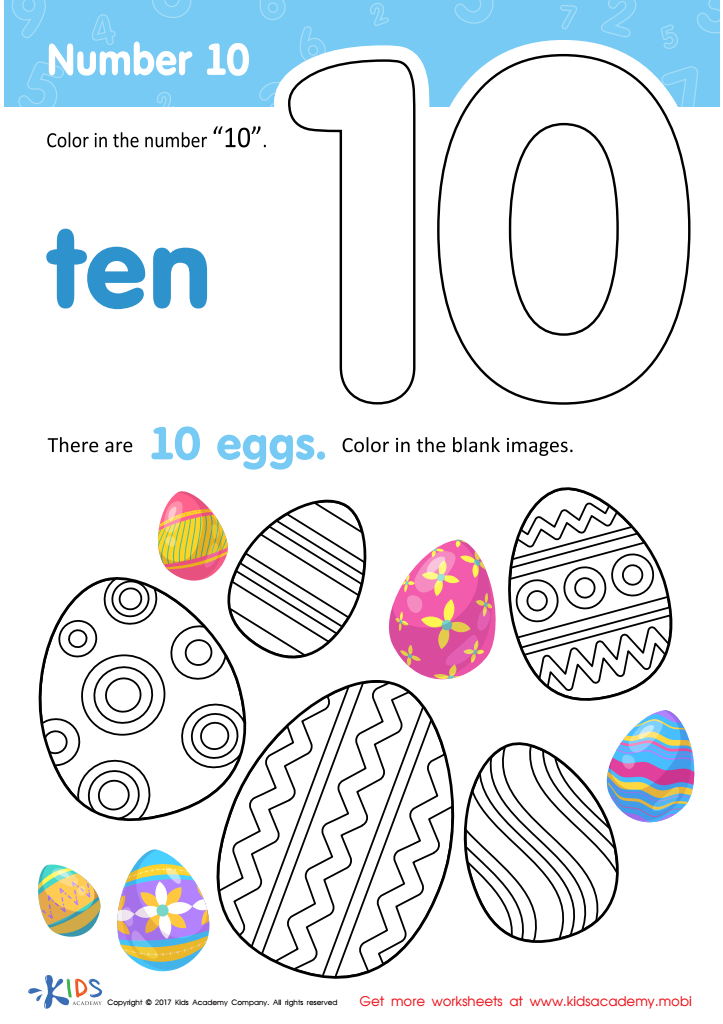

Number 10 Printable
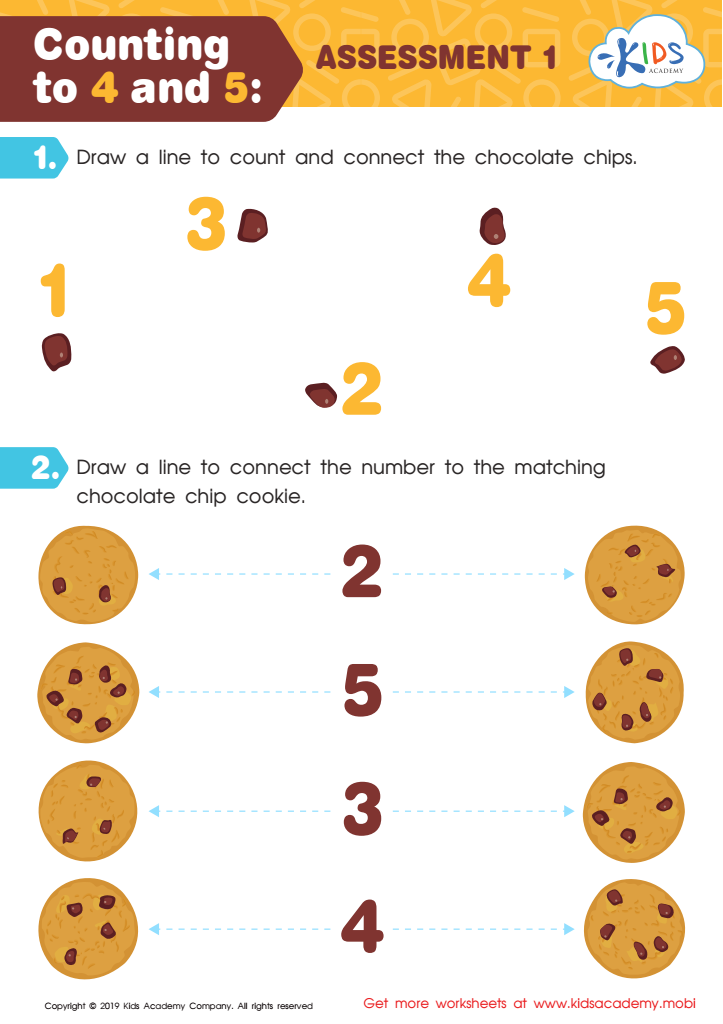

Counting to 4 and 5: Assessment 1 Worksheet
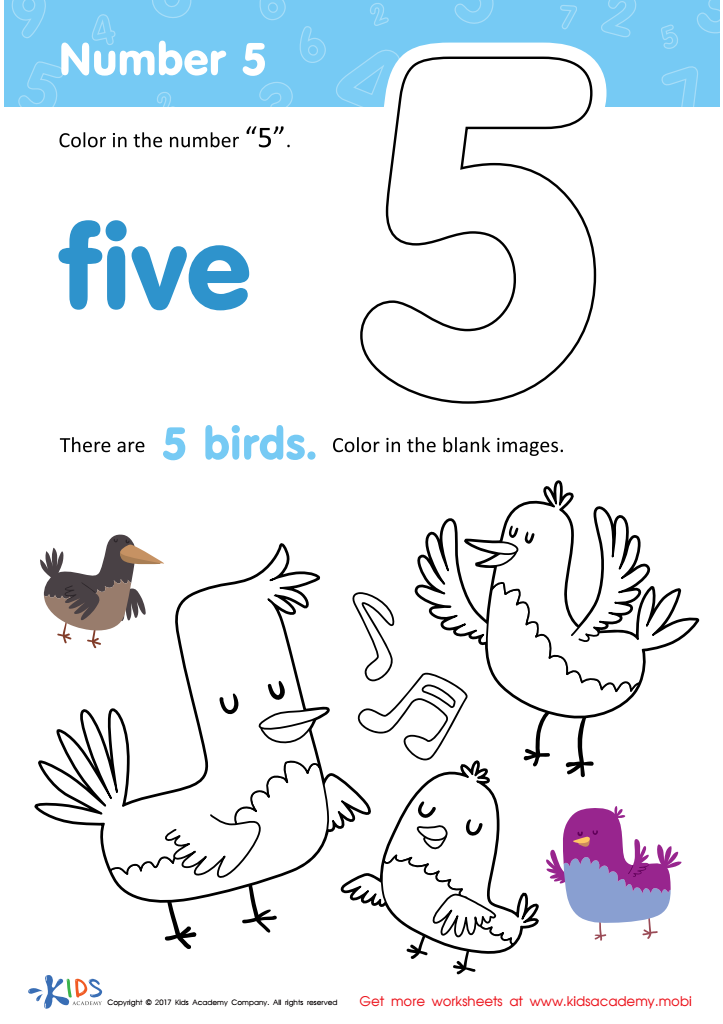

Number 5 Printable
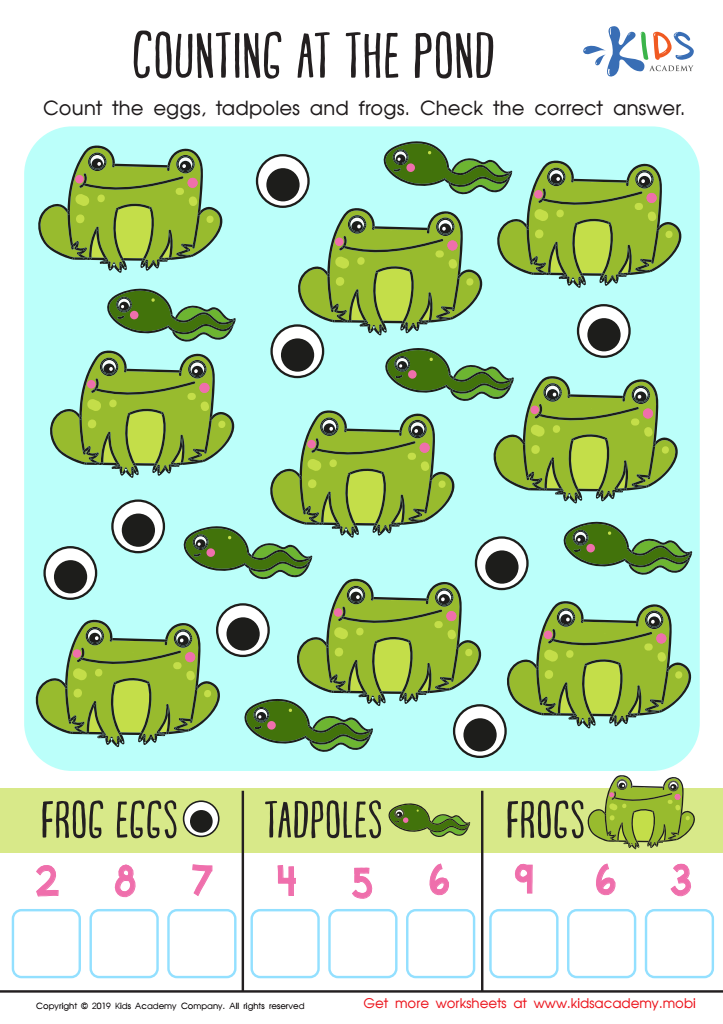

Counting at the Pond Worksheet
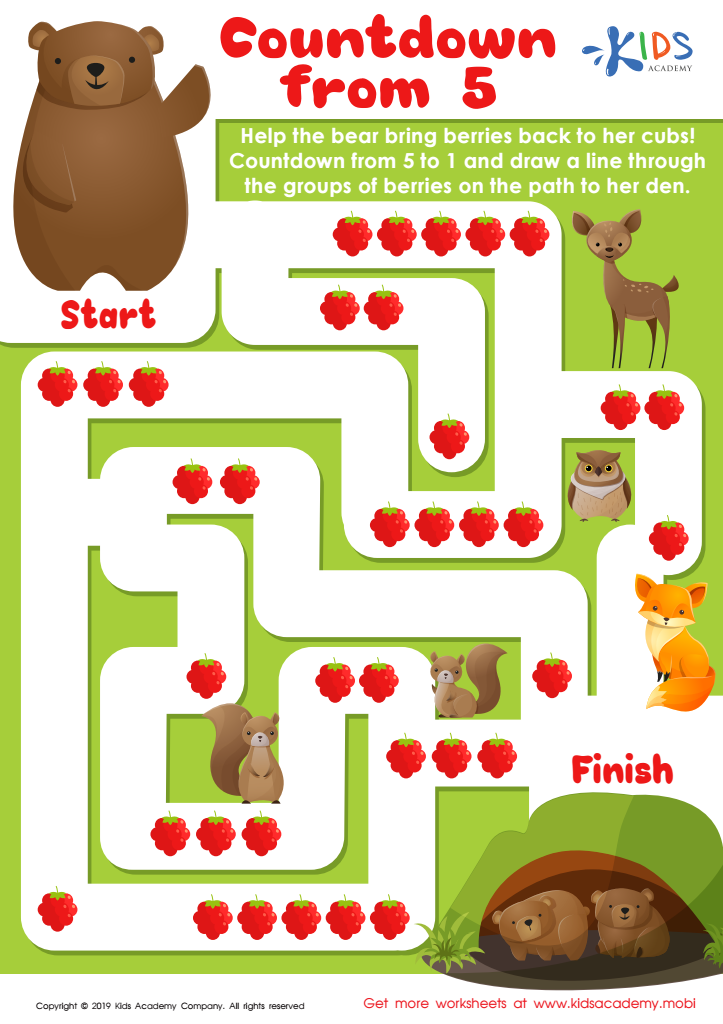

Countdown from 5 Worksheet
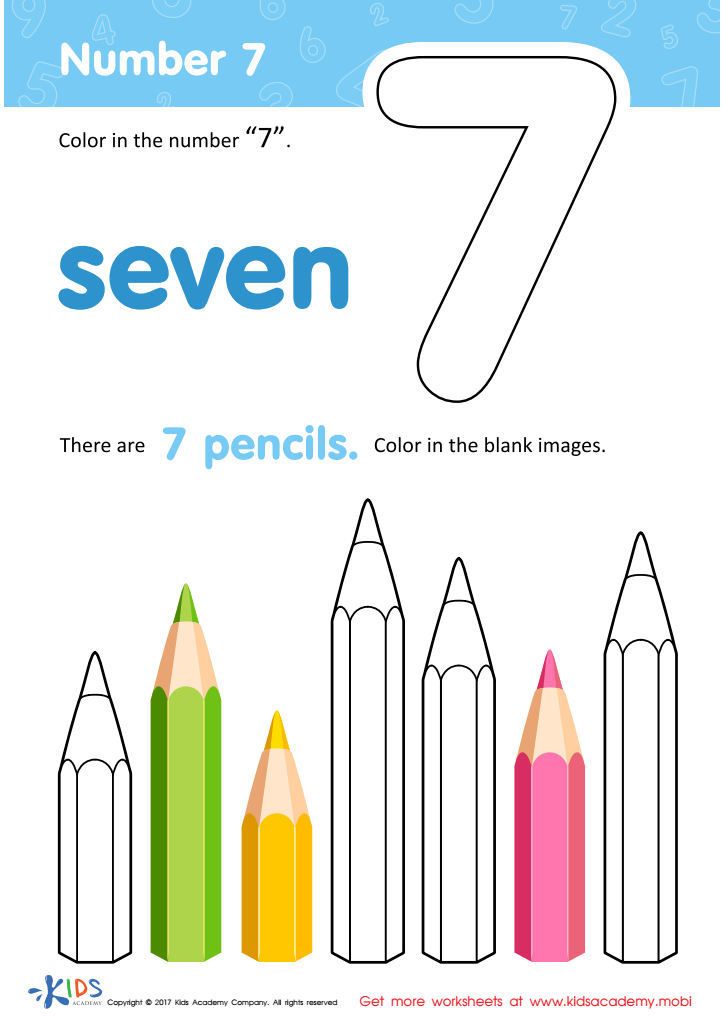

Number 7 Worksheet
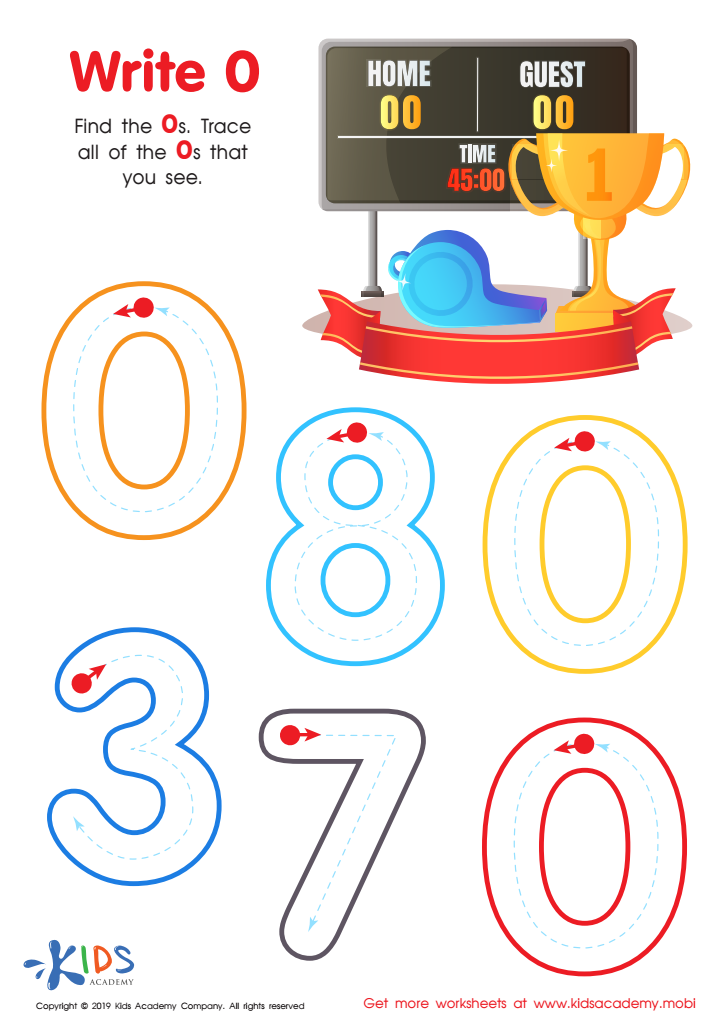

Write 0 Worksheet


Ten Pins is a Strike Worksheet


Eight Geese Worksheet
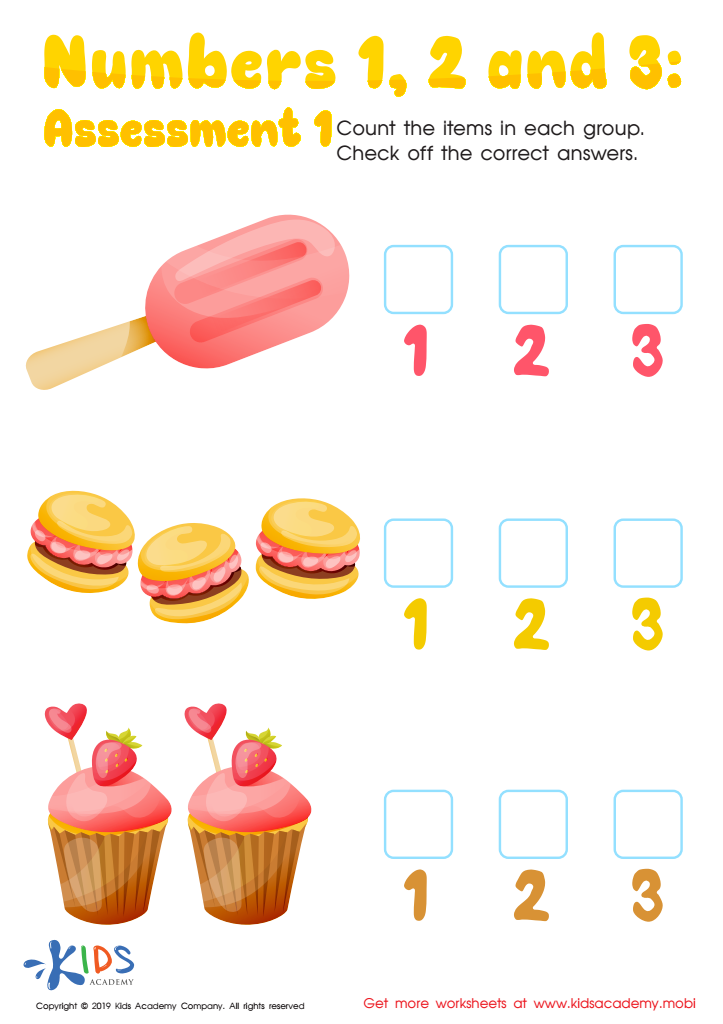

Numbers 1, 2 and 3: Assessment 1 Worksheet
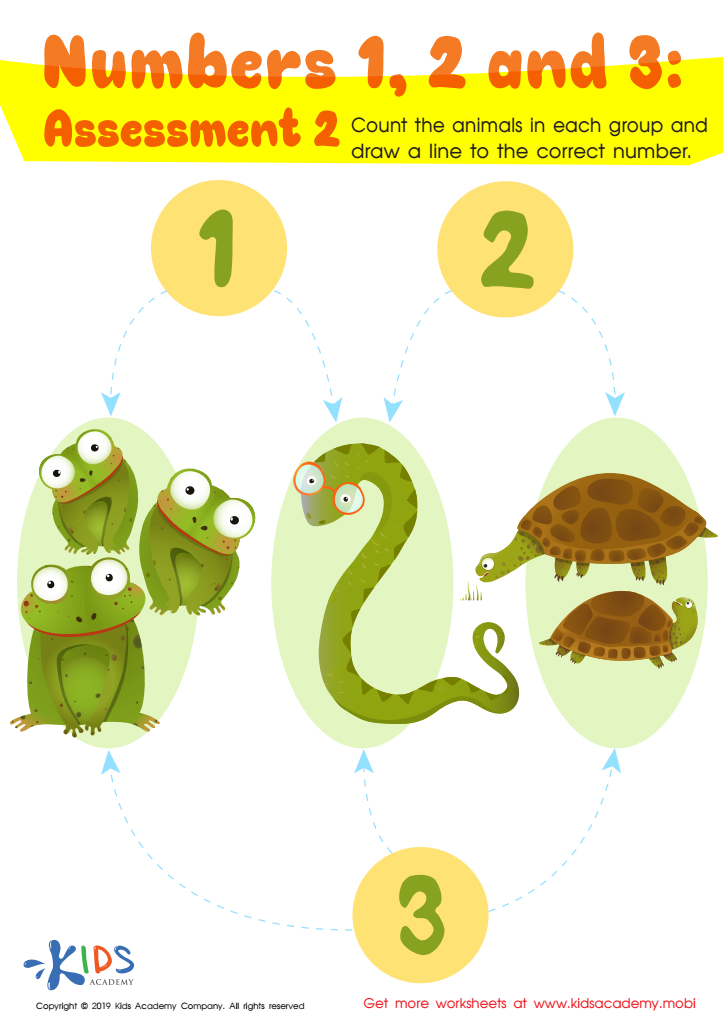

Numbers 1, 2 and 3: Assessment 2 Worksheet


Night Sky Counting Worksheet
Hand-eye coordination is a crucial developmental skill for children, especially aged 3-8, as it is foundational for their overall growth in areas such as learning, sports, and day-to-day activities. For parents and teachers, understanding its significance in conjunction with numbers 0-10 can enrich a child's learning experience.
As children interact with numbers through various activities, including counting, sorting, and simple math games, they often engage in tasks that require refined hand-eye coordination. Activities like drawing shapes, stacking blocks, or using manipulation toys not only introduce numerical concepts but also enhance fine motor skills. Good hand-eye coordination allows children to write alphabet letters and numbers accurately, fostering confidence in their writing abilities.
Moreover, effective hand-eye coordination plays a vital role in older skills like reading, where tracking words on a page involves precise movements. Additionally, learning through play – such as number-themed games that involve tossing, catching, or building – helps reinforce both numerical comprehension and hand-eye coordination.
In essence, promoting hand-eye coordination alongside introducing numbers encourages a balanced development, leading to better academic performance and improved physical abilities. Encouraging interactive and playful learning can create a lifelong appreciation for numeracy and physical activity.
 Assign to My Students
Assign to My Students












